Newsroom
What is QIBR universal ball bearing?
In the intricate ballet of modern industry, where efficiency and seamless movement reign supreme, a deceptively simple component plays a pivotal, often unsung role: the universal ball bearing, also known as a ball transfer unit or simply a universal ball. Far more than just a bearing, this ingenious device is the linchpin enabling effortless, omnidirectional movement across countless applications, from the bustling floors of global warehouses to the precision environments of automated assembly lines. But what exactly lies beneath its unassuming exterior, granting it such versatile power?
Beyond Basic Rotation: The Essence of Omnidirectionality
Unlike traditional roller or ball bearings designed primarily for linear or radial rotation along a fixed axis, the universal ball bearing is engineered for freedom on a plane. Its core purpose is to allow objects placed upon it – be it a heavy pallet, a delicate workpiece, or a piece of luggage – to glide smoothly in any direction across a flat surface with minimal effort. This fundamental capability, omnidirectional movement, transforms material handling from a cumbersome, multi-step process into a fluid, intuitive motion.
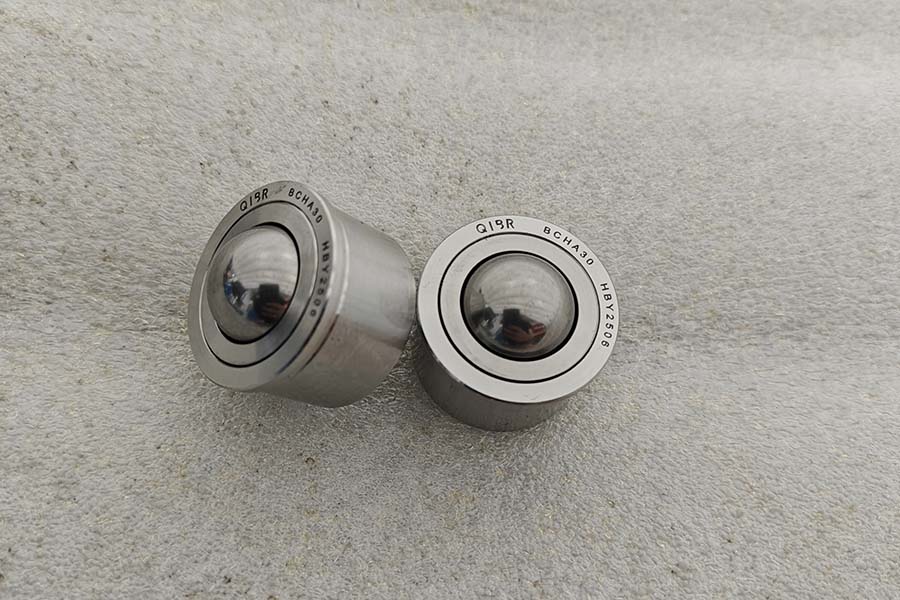
Deconstructing the Design: Precision in Simplicity
The elegance of the universal ball bearing lies in its effective design, typically comprising two key elements housed within a robust casing:
1. The Load-Bearing Sphere: This is the large, visible ball, often made of hardened steel, stainless steel, or engineered polymers. It forms the direct contact point with the load above.
2. The Support Ball Array: Nestled within a precisely machined spherical socket beneath the load ball is a bed of smaller, free-rotating balls. These smaller balls act as miniature bearings, drastically reducing the friction encountered by the main load ball.
This configuration is crucial. As a force is applied to the load ball in any horizontal direction, it doesn't slide; instead, it rolls effortlessly. The load ball rotates on the smaller support balls, which themselves rotate within their socket. This multi-layer rolling action, replacing sliding friction with rolling friction, is the secret to the unit's remarkably low resistance and smooth operation. The housing, usually metal (stainless or carbon steel) or high-strength plastic, provides structural integrity, protects the internal components, and often features mounting holes (threaded or through-hole) for secure installation onto machinery, conveyors, or platforms.
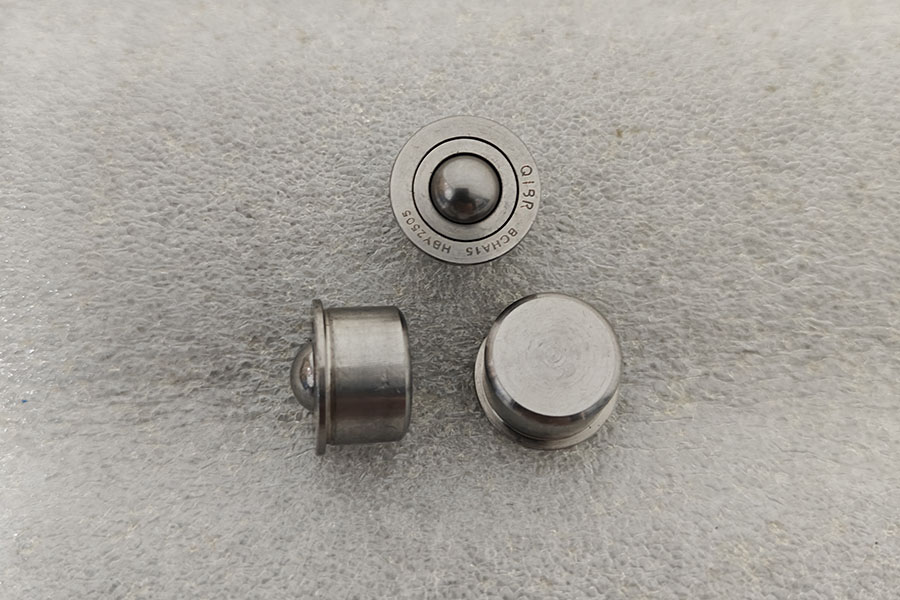
Material Science: Tailoring Performance to Demand
The choice of materials for both the balls and the housing is paramount, dictated by the specific operational demands:
Stainless Steel (e.g., 440C, 304/316): The go-to choice for demanding environments. Offers excellent corrosion resistance, high load capacity, good wear characteristics, and suitability for food processing, pharmaceuticals, marine applications, or outdoor use where moisture or chemicals are present. Often used for both balls and housing.
Carbon Steel (Hardened & Ground): Provides superior load capacity and wear resistance at a lower cost than stainless steel. Ideal for high-load industrial applications in dry or controlled environments. Requires protective coatings or plating (like zinc or chrome) if corrosion resistance is needed.
Engineering Plastics (e.g., Acetal/POM, Nylon, PEEK): Offer inherent corrosion resistance, lightweight properties, electrical insulation, quiet operation, and resistance to certain chemicals. Ideal for lighter loads, cleanroom environments (low particulate generation), food contact zones, or applications where metal-on-metal contact is undesirable. Load capacity is generally lower than metal equivalents.
Specialty Materials: For extreme temperatures (high or low), ultra-high vacuum, or highly abrasive environments, specialized alloys or ceramics might be employed, though less common.
The Compelling Advantages: Why UniversalBall Bearings Dominate
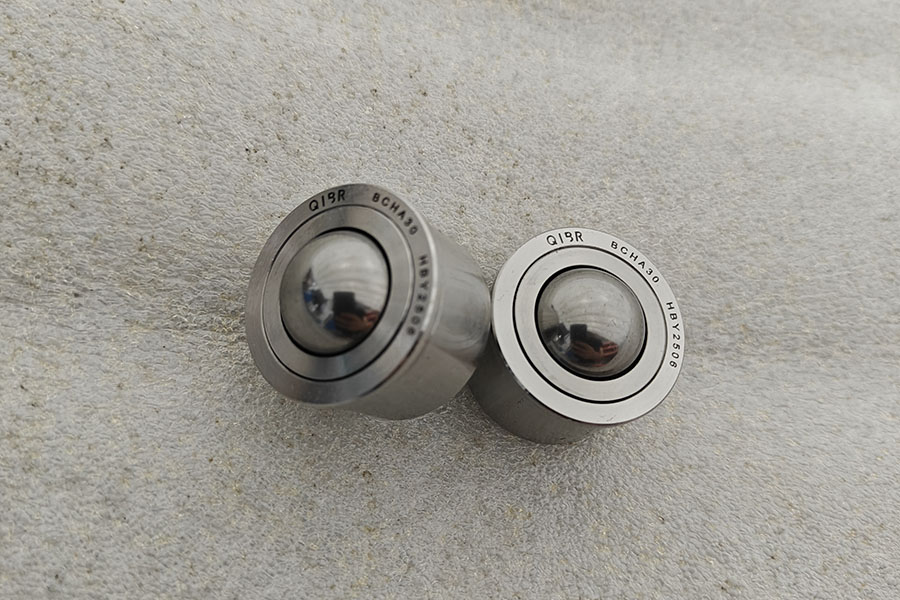
The unique design translates into significant operational benefits:
1. True Omnidirectional Movement: The defining feature. Objects can be pushed, pulled, or rotated effortlessly in any compass direction without needing to lift or reposition the bearing unit itself. This enables unparalleled maneuverability and precise positioning.
2. Exceptionally Low Friction: The rolling ball mechanism minimizes resistance far below that of sliding surfaces or even many other bearing types. This translates directly to reduced operator effort, lower energy consumption for powered systems, and smoother motion for delicate goods.
3. High Load Capacity in Compact Form: Despite their relatively small size, these units are engineered to handle substantial static and dynamic loads. Distributing the load across multiple support balls allows even compact units to bear significant weight.
4. Durability and Long Service Life: Constructed from wear-resistant materials and utilizing rolling friction, universal ball bearing offer excellent longevity, especially when properly maintained and chosen for the correct load and environment. Sealed variants protect internal components from dust and debris.
5. Versatility and Ease of Integration: Available in a vast range of sizes (diameters from less than an inch to several inches), load ratings, and materials, they can be integrated into new designs or retrofitted into existing systems with relative ease via their mounting fixtures.
6. Low Maintenance: Sealed units often require little to no lubrication over their lifespan, especially polymer-based ones. Metal units might need periodic lubrication depending on the environment and duty cycle.
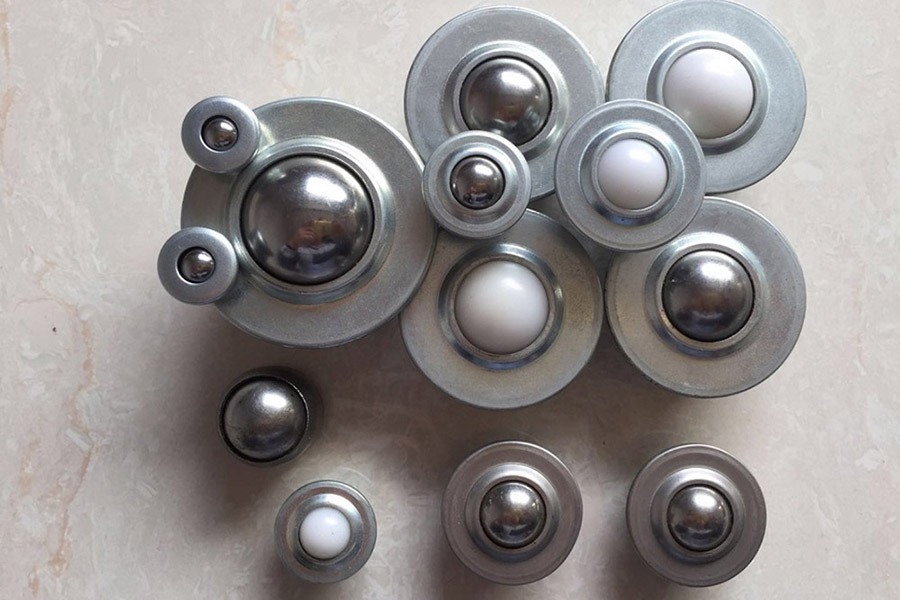
Ubiquitous Applications: Where Omnidirectionality Transforms Industries
The practical applications of universalball bearings are vast and continuously expanding:
Material Handling & Logistics: The heart of conveyor transfer points, allowing packages, totes, and pallets to change direction effortlessly. Integral to gravity conveyors, powered roller conveyors, ball transfer tables, turntables, and sorting systems. Essential for loading docks.
Warehousing & Distribution Centers: Enabling manual maneuvering of heavy pallets with pallet jacks across floors or transfer stations. Used in picking stations and cart flow systems.
Airports & Parcel Hubs: Critical components in baggage handling systems (BHS) for smooth luggage transfer between conveyors and screening machines. Vital for high-speed parcel sorting facilities.
Manufacturing & Assembly: Facilitating precise positioning of heavy workpieces, fixtures, and tooling on assembly lines, machining centers (rotary index tables), welding jigs, and inspection stations. Used in robotic work cell peripherals.
Automotive Industry: Employed in assembly lines for positioning vehicle bodies and components, in paint shops, and within testing equipment.
Printing & Packaging Machinery: Used for guiding and positioning paper rolls, cartons, and finished products through complex machinery paths.
Furniture & Display: Found in rotating display stands, heavy-duty drawer slides, and movable shelving units.
Aerospace & Defense: Used in specialized material handling for large components and within ground support equipment.
Medical & Laboratory Equipment: Enabling smooth, precise movement of carts, diagnostic equipment, and components within clean environments (often using plastic units).
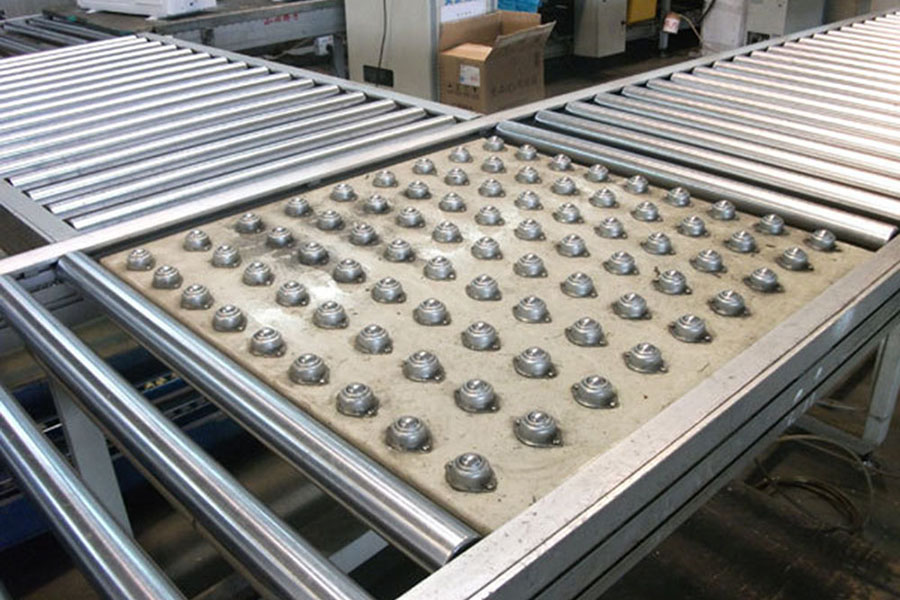
Conclusion: The Silent Enabler of Modern Motion
The universal ball bearing, though often hidden beneath the loads it carries, is a fundamental enabler of modern industrial efficiency and ergonomics. Its ability to provide near-frictionless, omnidirectional movement solves countless material handling challenges, streamlining operations, reducing physical strain, and accelerating workflows across a breathtaking array of sectors. From ensuring your luggage arrives at the airport carousel to enabling the precise assembly of complex machinery, this versatile component proves that sometimes the simplest, most elegant engineering solutions have the most profound and widespread impact. Its enduring design and continuous material evolution ensure it will remain an indispensable workhorse in the ever-moving world of industry and logistics for decades to come.


